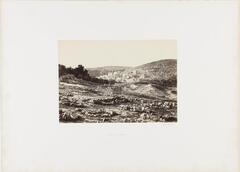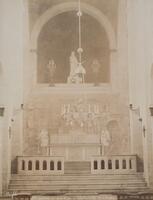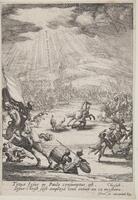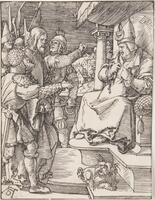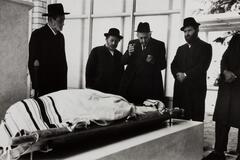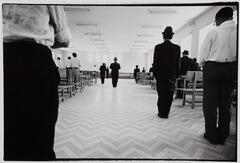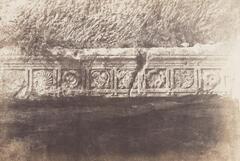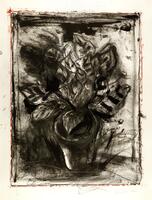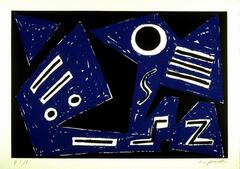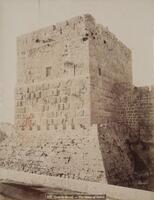PerloveHISTART 393 / JUDAIC 317 / MEMS 360 / RCCORE 334: City of Jerusalem in Jewish, Christian, and Islamic Culture: Paintings, Architecture, Sculpture, Photography, and Maps
Fall 2016
This course studies images of Jerusalem in Jewish, Christian, and Islamic culture, with emphasis upon religious texts and images of paintings, architecture, sculpture, photography, and maps. The course spans the years from the medieval through the 21st century, a period which witnessed intense interest in this region from a religious, political, and even romantic perspective. Jerusalem occupied the very center of the world in T-shaped maps of the middle ages, and the city long remained the focus of attention for Christians, Jews, and Muslims. Christian rulers vainly attempted to launch crusades, now and then, from the fifteenth through the seventeenth centuries; yet despite failures to accomplish this goal, the attraction to Jerusalem remained strong. Biblical sources and scholars, both Jewish and Christian, continuously sought to reconstruct an “authentic” image of the ancient city in order to better understand the historical events of the past, and Christians embarked upon pilgrimages to the holy land to renew their faith and achieve salvation. Christians, Jews, and Muslims also focused upon Jerusalem as the site for events of the end of time. European travelers were attracted by the exotic landscape and people of this region and its Arabic inhabitants in the eighteenth and nineteenth centuries; Jewish settlers of the early decades of the 20th century viewed Palestine as an ancient homeland of Jewish renewal and refuge from persecution, a concept that especial meaning during and after the Holocaust. Visual images of the city are a focus of our studies of this rich history. We will study maps, plans, and photography of the Holy Land in the Harlan Hatcher Map Collection and the University of Michigan Museum of Art. The course will culminate with the study of contemporary Israeli and Palestinian art dealing with the preeminent concept of the Holy Land as homeland
Created For
K-12 EducatorK-12 Student
Museum Visitor
UMMA Docent
UMMA Staff
University Faculty
University Student
Rate this Resource
AVG: 0 | Ratings: 0
& Author Notes
All Rights ReservedLast Updated
March 28, 2018 4:18 p.m.Report
Reporting Policy
